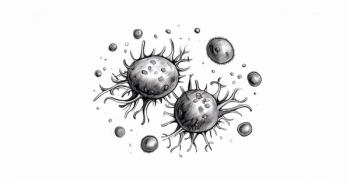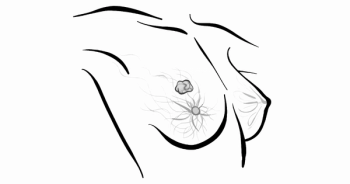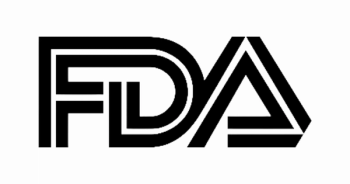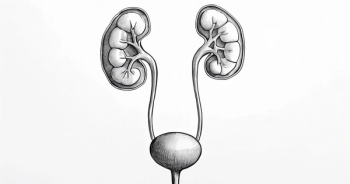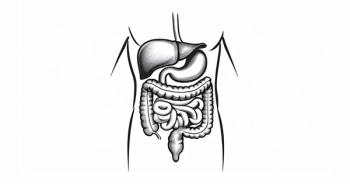
Daratumumab Plus VMP Shows Sustained Benefit in Transplant-Ineligible Myeloma
The final ALCYONE analysis with 86.7-month follow-up shows daratumumab-VMP significantly improved overall survival in transplant-ineligible, newly diagnosed multiple myeloma.
After more than 7 years of follow-up, daratumumab (Darzalex) plus bortezomib (Velcade), melphalan, and prednisone (D-VMP) continued to demonstrate clinical benefits in patients with transplant-ineligible, newly diagnosed multiple myeloma, bolstering evidence for the efficacy and safety of frontline daratumumab-based therapy, according to the final analysis from the phase 3 ALCYONE study (NCT02195479) published in The Lancet Oncology.1
In ALCYONE, a total of 706 patients were randomized to receive D-VMP (n = 350) or VMP (n = 356). With a median follow-up of 86.7 months (IQR, 28.5-85.2), the median overall survival (OS) was 83.0 months (95% CI, 72.5-not estimable) in the D-VMP cohort vs 53.6 months (range, 46.3-60.9) in the VMP cohort (HR, 0.65; 95% CI, 0.53-0.80; P <.0001).
“With more than 7 years of follow-up, D-VMP continued to elicit clinical benefits in transplant-ineligible patients with newly diagnosed multiple myeloma, supporting the efficacy and safety of frontline daratumumab-based therapy in this patient population,” Maria-Victoria Mateos, MD, PhD, a consultant physician in the Hematology Department and an associate professor of medicine at the University of Salamanca, et al, wrote in the final analysis of ALCYONE published in The Lancet Oncology.
Regarding safety, the most common grade 3 or 4 adverse events (AEs) were neutropenia (40% with D-VMP vs 39% with VMP), thrombocytopenia (35% vs 38%), and anemia (18% vs 20%). Serious treatment-related AEs were reported in 21% of the D-VMP arm and 16% of the VMP arm, and death due to treatment-related AEs occurred in 1% and 1% of patients in each group.
Initial OS findings were published in The Lancet in January 2020.2 The hazard ratio for death was 0.60 (95% CI, 0.46-0.80; P =.0003. The Kaplan-Meier estimate of the 36-month rate of OS was 78% (95% CI, 73.2%-82.0%) with D-VMP vs 67.9% (range, 62.6%-72.6%) with VMP. The hazard ratio for progression-free survival (PFS), the primary end point of the study, was 0.42 (range, 0.34-0.51; P <.0001). At this analysis, the most common AEs during maintenance daratumumab in the D-VMP arm were mostly respiratory infections, including upper respiratory tract infections (19%), bronchitis (15%), and cough (12%).
About ALCYONE
ALCYONE was an international, multicenter, randomized, open-label, phase 3 trial in patients aged 18 years or older with newly diagnosed multiple myeloma who were ineligible for high-dose chemotherapy with autologous stem cell transplantation due to age (≥65 years) or presence of comorbidities. Patients were enrolled between February 9, 2015, and July 14, 2016, and were randomly assigned 1:1 to receive VMP alone or D-VMP. Patients were also required to have an ECOG performance status of 0 to 2.
The study’s primary end point was PFS. Secondary end points included overall response rate, percentage of patients with a very good partial response or better, percentage of patients with a complete response (CR), percentage of patients with a stringent CR, percentage of patients with minimal residual disease negativity, OS, PFS2, time to disease progression, time to response, duration of response, time to next treatment, and change in quality of life.3


